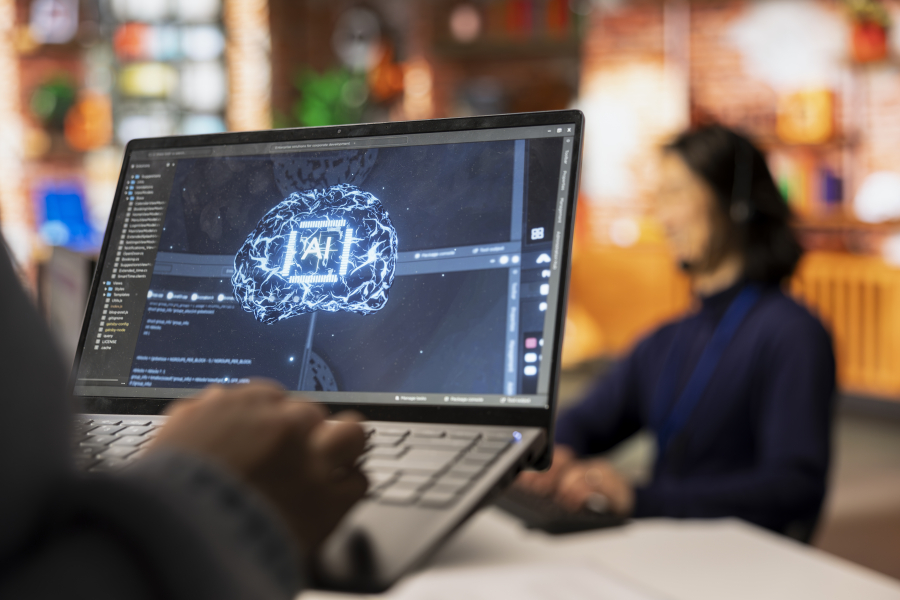How to Stay Updated with Design, Media & Architecture Trends
In the ever-evolving world of design, media, and architecture, staying ahead of trends is no longer optional—it’s essential. For freelancers, being updated with the latest industry shifts means attracting better clients, delivering modern solutions, and maintaining a competitive edge. Whether you are a graphic designer, media consultant, or architectural freelancer, knowing the latest tools, styles, and innovations can transform your work and reputation. At freelancerbridge, we believe that staying informed is the bridge between creative excellence and professional success.
Long Description (1500 words)
1. Why Staying Updated Matters for Freelancers
Builds credibility with clients – Clients trust freelancers who demonstrate an understanding of modern trends.
Improves project outcomes – Using current tools and techniques leads to more innovative and appealing results.
Boosts career growth – Being updated increases opportunities for higher-paying and specialized projects.
Prevents skill stagnation – Creative fields evolve quickly; what was relevant last year might already be outdated.
2. Reliable Sources for Trend Updates
a) Industry-Specific Websites & Blogs
Design: Behance, Dribbble, DesignBoom
Media: Adweek, MediaPost, Social Media Examiner
Architecture: ArchDaily, Dezeen, Architectural Digest
b) Trend Reports & Whitepapers
Annual reports from Adobe, Pantone, and major design studios often predict color palettes, style preferences, and tech influences.
c) Professional Newsletters
Subscribe to curated newsletters in your niche. Many industry leaders share weekly trend insights directly to your inbox.
3. Social Media for Trend Spotting
a) Instagram & Pinterest
Search hashtags like #DesignTrends, #MediaInnovation, or #ArchitecturalDesign.
Follow influencers who share behind-the-scenes of projects.
b) LinkedIn
Join groups dedicated to your field. Participate in discussions about new design tools, media strategies, or architectural methods.
c) TikTok & YouTube
Short-form video platforms often showcase micro-trends in style, media, and spatial design long before they go mainstream.
4. Attend Industry Events & Conferences
Design – Adobe MAX, AIGA Design Conference
Media – VidCon, Cannes Lions
Architecture – World Architecture Festival, Venice Biennale
Benefits of attending:
Networking with trendsetters.
Getting hands-on experience with emerging tools.
Learning from case studies and real-world applications.
5. Online Courses & Workshops
Platforms like Skillshare, Domestika, Coursera, and Udemy often update their course content to match current trends. Benefits include:
Learning at your own pace.
Access to expert-led tutorials.
Immediate application of skills in ongoing projects.
6. Following Technology Advancements
a) Design Tools – Keep up with Adobe updates, Figma features, and AI-powered design assistants.
b) Media Tools – Explore new social media scheduling apps, video editing software, and AR/VR marketing platforms.
c) Architecture Software – Stay updated with tools like Revit, Rhino, and BIM innovations.
7. Experimenting with Trends in Your Work
Apply micro-trends to client projects in subtle ways.
Create personal projects showcasing your interpretation of trends.
Share these experiments on your portfolio to show adaptability.
8. Networking with Creative Communities
Join freelance creative communities like The Dots, CreativeMornings, or local design/architecture meetups.
Exchange ideas and collaborate on trend-inspired projects.
9. Monitoring Competitors & Industry Leaders
Observe how leading studios incorporate trends.
Analyze what makes their designs or campaigns stand out.
Adapt—not copy—their approaches to fit your brand.
10. Balancing Trends with Timelessness
While staying updated is important, avoid chasing every trend blindly. Instead:
Blend modern influences with your unique style.
Ensure designs remain functional and relevant long-term.
Focus on sustainability and ethical practices—both growing trends in all three industries.
Pro Tips for Staying Consistently Updated
Set weekly learning time – Dedicate 1–2 hours to researching trends.
Follow thought leaders – Identify 10–15 influencers to keep on your radar.
Use Google Alerts – Automate trend tracking for keywords like “media trends 2025” or “architectural innovations.”
Keep a trend journal – Record inspiring ideas and how you can apply them.
Conclusion
For freelancers in design, media, and architecture, trend awareness is a competitive advantage. It opens doors to innovative work, satisfied clients, and professional recognition. At freelancerbridge, we believe that building your expertise isn’t just about mastering skills—it’s about mastering the art of staying relevant. By integrating these strategies into your routine, you can ensure your creative output stays fresh, modern, and impactful.


 by Emily
by Emily




